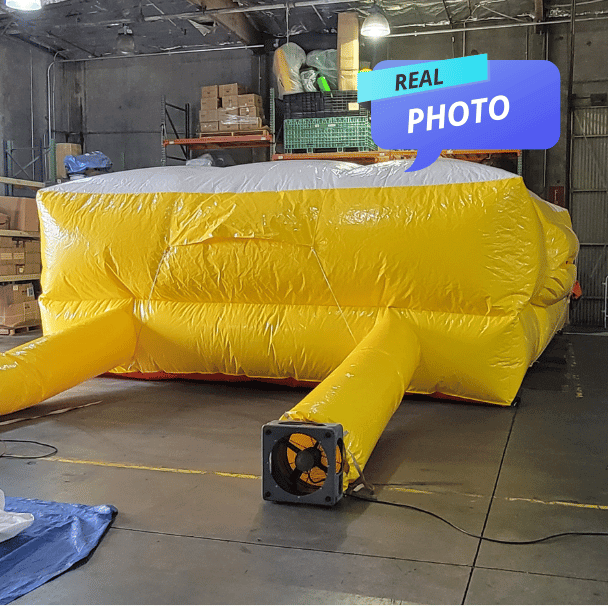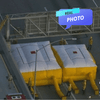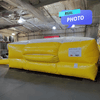Enhancing Workplace Safety with Fire Rescue Air Bags
In today's dynamic work environments, ensuring the safety of employees is paramount. Industries such as construction, maintenance, and emergency response often involve working at heights or in hazardous conditions, necessitating robust safety measures. Among the arsenal of safety equipment available, fire rescue air bags stand out as indispensable tools for safeguarding workers and preventing accidents. In this comprehensive guide, we'll explore the essential aspects of fire rescue air bags, including their components, benefits, and how to address common concerns.
Understanding Fire Rescue Air Bags:
Fire rescue air bags, also known as fall protection bags, are specialized kits designed to provide comprehensive safety solutions for workers in elevated or hazardous environments. These bags typically contain a range of equipment tailored to address the specific needs of individuals working at heights or in confined spaces. Key components commonly found in fire rescue air bags include harnesses, lanyards, lifelines, anchor points, rescue equipment, and personal protective gear such as helmets and gloves.
Additionally, fire rescue air bags may incorporate pressure air lifting bags, which are versatile tools used by rescue teams to lift heavy objects and create space in confined areas during emergency situations. These lifting tools enhance the effectiveness of rescue operations, allowing teams to respond quickly and safely to various scenarios.
Benefits of Fire Rescue Air Bags:
- Enhanced Safety: Fire rescue air bags play a crucial role in preventing falls and minimizing the risk of injuries in the workplace.
- Convenience and Mobility: Designed to be portable and easy to carry, fire rescue air bags enable workers and rescue teams to move freely and efficiently between different worksites.
- Compliance with Regulations: Many occupational safety regulations mandate the use of fall protection equipment in certain industries and working conditions.
- Cost-Effectiveness: Investing in high-quality fire rescue air bags can yield significant cost savings for businesses and rescue organizations in the long run.
Common Concerns Addressed:
- Safety Concerns: Customers may have concerns about the effectiveness and reliability of fire rescue air bags and lifting tools in real-world scenarios.
- Cost Versus Value: The upfront cost of purchasing fire rescue air bags and lifting tools may deter some customers.
- Complexity of Selection: The wide range of fall protection equipment and lifting tools available on the market can be overwhelming for customers.
- Maintenance and Compliance: Customers may be concerned about the ongoing maintenance and compliance requirements associated with fire rescue air bags and lifting tools.
- Mobility and Adaptability: For customers and rescue teams operating in diverse environments or frequently responding to different scenarios, the portability and adaptability of fire rescue air bags and lifting tools are crucial considerations.
Conclusion:
Fire rescue air bags and lifting tools are indispensable assets for enhancing workplace safety and facilitating efficient rescue operations in hazardous environments.
By providing workers, rescue teams, and organizations with easy access to essential fall protection equipment and versatile lifting solutions, these bags contribute to accident prevention, worker safety, and regulatory compliance.
Addressing common concerns such as safety, cost, complexity, maintenance, and mobility can help customers make informed decisions and prioritize the safety and efficiency of their workforce and rescue operations.
















